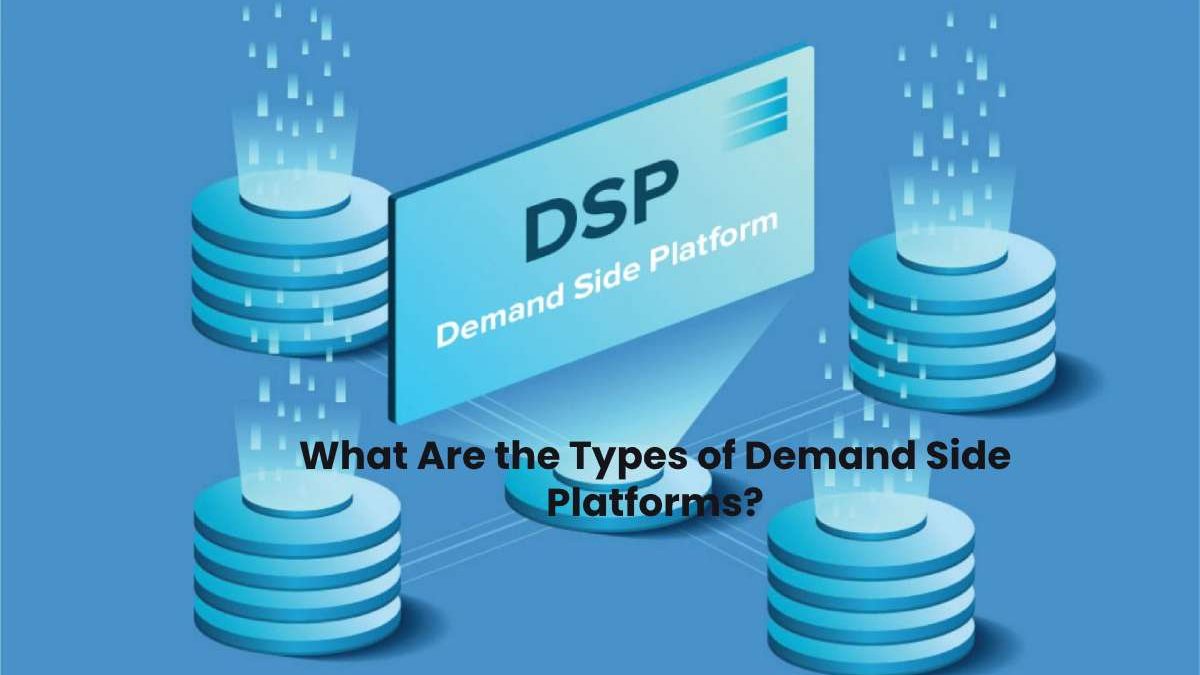There are a lot of names for demand side platforms (DSPs). Even seasoned ad buyers and sellers can have trouble keeping track of all the jargon and abbreviations. So here’s a quick rundown on the best DSP types of DSPs so that you can ensure you always get the right one for your campaign.
Table of Contents
HTTP-Based Demand Side Platforms (DSPs)
HTTP-based DSPs use HTTP requests to send bid requests to the ad exchanges. HTTP-based DSPs are generally easier to implement and scale than RTB-based DSPs but are more limited in their capabilities.
HTTP-based DSPs carry out the following activities:
- A client makes an HTTP request through a proxy server to a publisher’s site or app via an ad exchange;
- The publisher determines whether or not it wants this user (and passes along information about him) by using JavaScript tags;
- If the user qualifies for an ad or banner impression, then the publisher serves that impression back over the HTTP
RTB-based Demand Side Platforms
To understand RTB-based DSPs, it’s helpful first to understand RTB. Real-time bidding is a type of ad buying that uses automation to allow advertisers to bid on and purchase digital advertising inventory in real-time.
In this automated system, the publisher or seller of digital advertising inventory (known as an SSP) allows buyers (known as DSPs) to compete for the right to serve ads on their websites based on various criteria, such as price and targeting parameters specified by each buyer.
The main difference between an SSP and a DSP is that while both provide access to ad inventory from publishers, only one side places bids in real-time on behalf of its customers’ campaigns.
Traditional Demand Side Platforms
Traditional demand side platforms are the first generation of DSPs. They’re based on a waterfall model and employ real-time bidding auctions to get the best possible deal for advertisers.
Semi-Private
Semi-private DSPs are the least common of all DSPs. Large brands usually use them, agencies and publishers to target their audiences. Like private DSPs, semi-private DSPs allow you to set up campaigns with access controls so that you can buy and sell audiences. However, unlike private DSPs, which typically only accept pre-approved advertisers or publishers as members, semi-private ones have a much wider range of users who can access them if they meet specific requirements (e.g., minimum spend).
“StackAdapt is always innovating and adding new products, so we always feel like we are on the cutting edge,” says its proud professionals.
In this article, you’ve learned about the different types of demand side platforms. There are many more types than just these four, but they’re a good start if you’re just getting into this space. So if you want to learn more about the various features and capabilities, each type offers, check out our blog post, which covers some of those details in depth!

